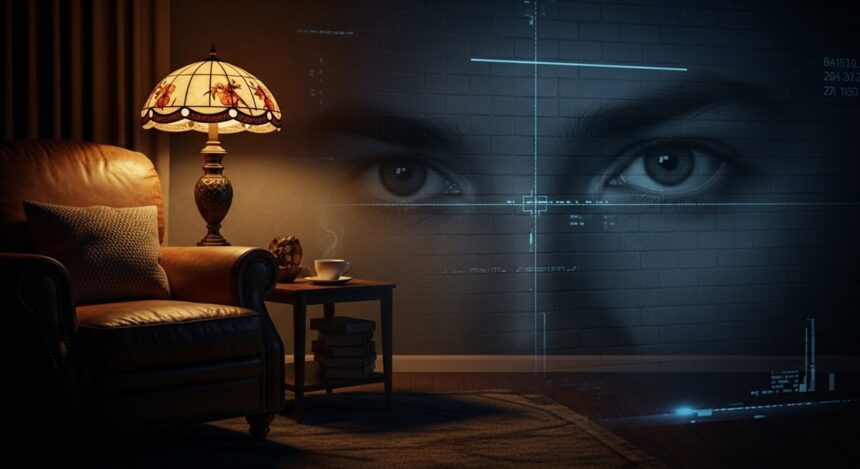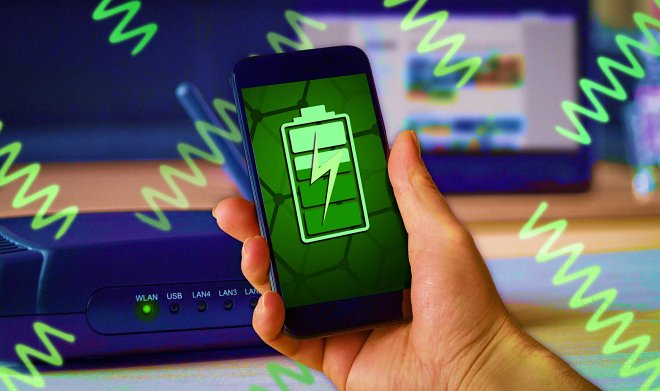Imagine walking into your living room, flipping on the lights, and settling in for a quiet evening—unaware that someone, or something, could be peering right through your walls. It’s the stuff of dystopian novels, yet this scenario isn’t fiction. For years, whispers of “spying through walls” have circulated in tech circles, conspiracy forums, and even mainstream media.
What if we told you that technologies capable of seeing, hearing, and tracking you inside your own home have been around far longer than most people realize? From military radars developed half a century ago to everyday Wi-Fi signals turned into surveillance tools, the line between privacy and intrusion has been blurring for decades.
The Roots of Through-Wall Surveillance in Military Tech

The concept of peering through solid barriers didn’t start with smartphones or smart homes. It traces back to the Cold War era, when military engineers sought ways to detect hidden threats without direct line-of-sight.
Early Developments in Radar
As far back as the 1960s and 1970s, the U.S. military experimented with ground-penetrating radar (GPR) systems, initially designed for locating underground tunnels or buried mines. These stationary devices used radio waves to bounce off objects and create images, much like sonar in the ocean. By the late 1980s, researchers had adapted GPR for urban environments, focusing on “through-wall imaging” to spot people or weapons inside buildings during combat operations.
A key milestone came in the 1990s when the Defense Advanced Research Projects Agency (DARPA) funded projects to refine this tech. Historical surveys highlight how through-wall radar emerged from these efforts, allowing soldiers to “see” into structures from a safe distance. Think about it: In hostage situations or urban warfare, knowing who’s behind a wall could mean the difference between life and death. But this power didn’t stay confined to battlefields—it evolved rapidly.
By the early 2000s, systems like the STM DAR (Through-The-Wall Radar) were being demonstrated, using radio frequency signals to map out interiors. These weren’t clunky machines anymore; they were becoming portable, hinting at broader applications beyond the military.
From Stationary to Portable Systems
The shift from fixed installations to handheld devices accelerated in the post-9/11 era. Military operations in Iraq and Afghanistan demanded tools for close-quarters combat, leading to innovations like wall-penetrating radars that could detect movement through concrete up to several feet thick. Companies and defense contractors poured resources into miniaturizing the tech, making it feasible for troops to carry it like a backpack.
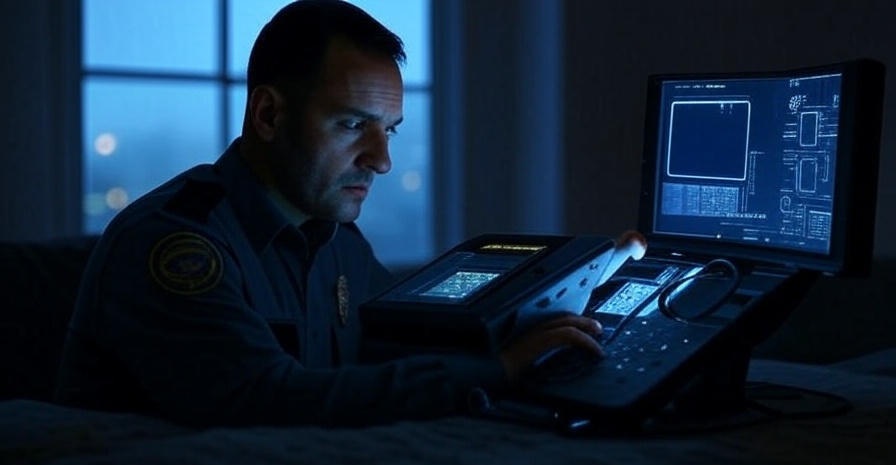
Today, systems such as those used by the People’s Liberation Army (PLA) showcase portable radars that generate 3D models of rooms behind walls, identifying human presence with eerie precision. It’s no longer science fiction—it’s standard issue in modern militaries. But as this technology trickled down, it raised questions: If the army can see through walls, who’s next?
Law Enforcement’s Adoption of See-Through Tech
It didn’t take long for through-wall surveillance to migrate from war zones to city streets. Police and first responders saw the potential in these tools for high-risk scenarios, like barricaded suspects or search-and-rescue missions.
Handheld radar units, such as the Xaver™ series, allow officers to detect life signs behind doors or walls, optimizing tactical decisions in urban ops. The U.S. Department of Homeland Security (DHS) has been at the forefront, funding and testing these systems since the early 2000s. A 2025 DHS report details how radar penetrates materials like brick and reinforced concrete, providing real-time data on movement inside structures.
The National Institute of Justice (NIJ) has long promoted through-the-wall surveillance (TWS) as a lifesaving technology. Their overviews explain how it detects motion through interior walls, helping law enforcement avoid unnecessary risks. Portable devices like the Detex Pro offer compact, ultra-wideband radar that reveals how many people are behind a barrier and if they’re moving.
Yet, this convenience comes with controversy. Critics argue it’s a warrantless invasion of privacy, allowing police to “scan” homes without knocking. A 2024 YouTube explainer highlighted how these radars enable spying through walls, sparking debates on Fourth Amendment rights. As one expert put it, “It’s like giving cops x-ray vision—great for safety, terrifying for civil liberties.”
Consumer Gadgets Turned Surveillance Tools
What happens when military-grade tech sneaks into your living room? Enter consumer devices like Microsoft’s Kinect, which blurred the lines between gaming and unintended spying.
The Microsoft Kinect Saga
Launched in 2010 for Xbox 360 and upgraded for Xbox One in 2013, Kinect was marketed as a motion-sensing camera for immersive gaming. But its infrared sensors and depth-mapping capabilities raised red flags. Rumors swirled that it could “see through clothes” like airport body scanners, detecting anatomy with unsettling detail.
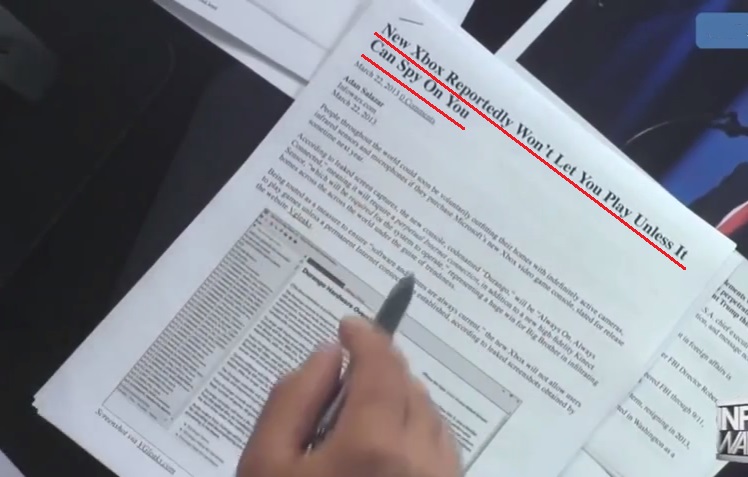
Microsoft denied this, insisting Kinect couldn’t penetrate clothing. Still, tech demos showed it processing gigabits of data per second, tracking bodies with precision that echoed through-wall radar. In Australia, there were even proposals to use Kinect-like tech at airports instead of invasive scanners.
Conspiracy theorists, including Alex Jones of InfoWars, warned that Kinect was a Trojan horse for surveillance, claiming it watched users even when off. While dismissed as paranoia, privacy concerns were real—Microsoft’s 2013 privacy statement detailed how Kinect collected data on movements and voices.
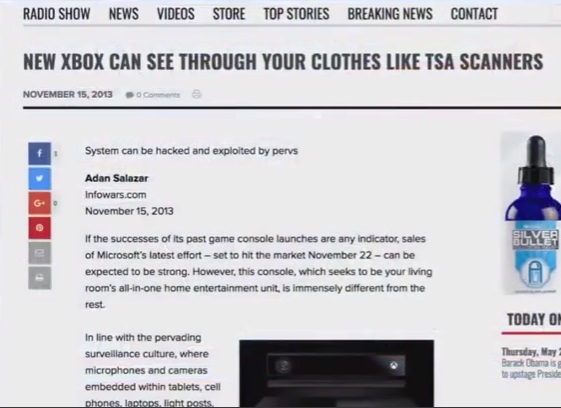
Hacking Incidents and Privacy Nightmares
Kinect’s vulnerabilities were exposed early. Just days after release, hackers cracked its code, turning it into a tool for unauthorized scanning. By 2013, reports emerged of breaches where intruders accessed Kinect feeds, recording intimate moments like gaming sessions or more private activities.
Reddit threads buzzed with fears of Kinect as a “spy device” linked to NSA programs like PRISM. MSNBC noted gamers’ worries that Xbox One’s always-on Kinect could be the “future of PRISM.” Though Microsoft addressed some issues, the hacks underscored a harsh truth: Consumer tech can become a backdoor for spying, often without user consent.

Wi-Fi as the New Eye: Modern Breakthroughs
Fast-forward to today, and everyday Wi-Fi signals are being weaponized for surveillance. No need for specialized radar—your router might do the job.
MIT’s Pioneering Work
In 2013, MIT researchers demonstrated Wi-Fi’s ability to “see” moving objects through walls and closed doors. By 2015, their RF-Capture device used wireless signals to track silhouettes, distinguishing between people with 90% accuracy. It emitted signals that reflected off bodies, creating 3D images even through obstacles.
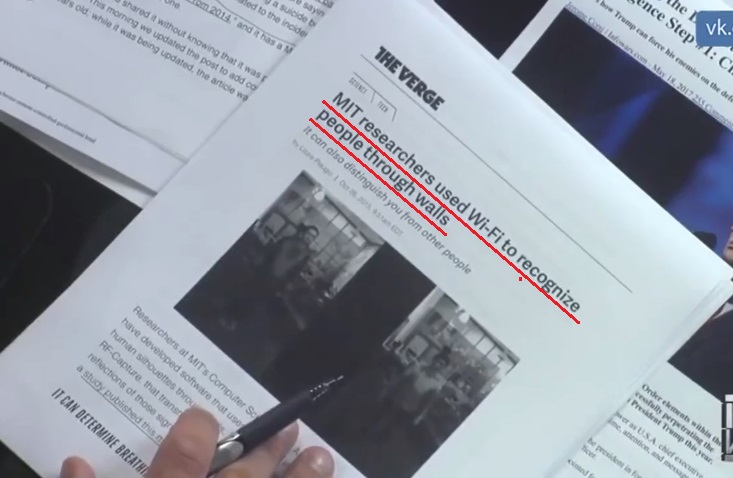
This built on earlier work, like a 2017 Business Insider report on German scientists using Wi-Fi for holograms of rooms. MIT’s tech went viral, with NBC News calling it a game-changer for detecting people behind walls.
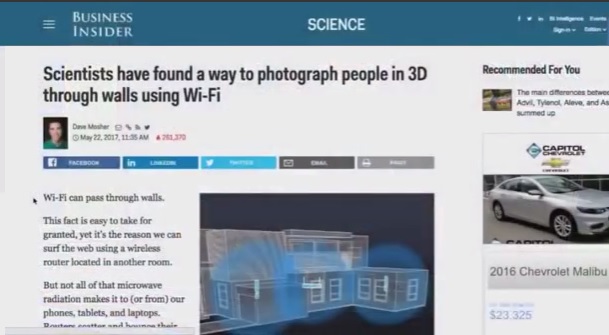
Recent Advancements and Media Coverage
By 2023, Carnegie Mellon expanded this, using Wi-Fi to track human poses through walls cheaply. Popular Mechanics highlighted how it democratizes surveillance, making it accessible beyond governments. Media outlets that once mocked such ideas now report them as breakthroughs, echoing claims from years prior.
Extracting Secrets from Vibrations: The Visual Microphone
Not just visuals—sound can be spied on too. MIT’s 2014 “visual microphone” algorithm recovers audio from video by analyzing tiny vibrations on objects like a chip bag. Filmed through soundproof glass, it reconstructs speech or music from silent footage.
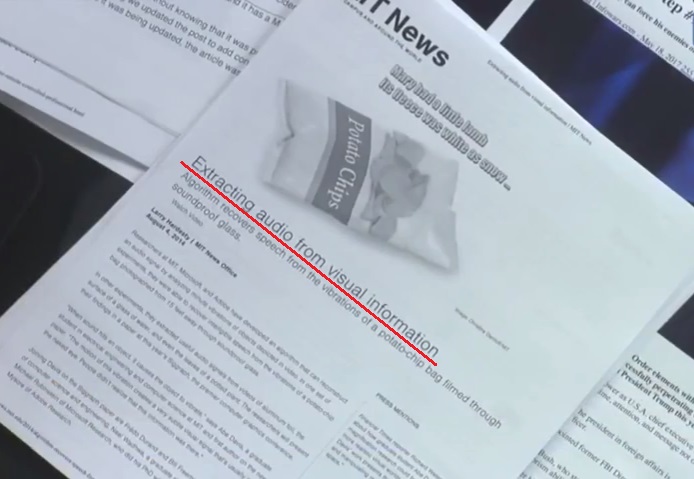
This tech turns any camera into an eavesdropping device, extracting conversations from afar. Skeptics confirmed its validity, proving vibrations hold hidden audio treasures.
Government Disclosures and the Erosion of Privacy
Congressional reports and NIJ studies confirm TWS has been operational for years. DHS tests in 2025 show radars providing intel in precarious situations. Yet, EFF warns of “virtual walls” at borders turning into surveillance nightmares.
These disclosures reveal a pattern: Tech advances without oversight, accumulating personal data sans permission.
The Illusion of Consent in a Surveillance State
The core issue? Consent is a myth. As the provided content laments, “THEY DO NOT NEED ANY OF OUR CONSENTS!” For 20+ years, these technologies have gathered intimate info—movements, conversations, habits—without asking. Talks of human rights ring hollow when your Wi-Fi betrays you.
This ploy dulls vigilance, making us complacent in a panopticon society. From Kinect hacks to Wi-Fi scans, the message is clear: Privacy isn’t given; it’s taken.
In conclusion, spying through walls isn’t a future threat—it’s our present reality, rooted in decades of quiet development. Awareness is the first step. Demand transparency, push for regulations, and reclaim your space. After all, in a world where walls no longer protect, knowledge is the ultimate shield.







